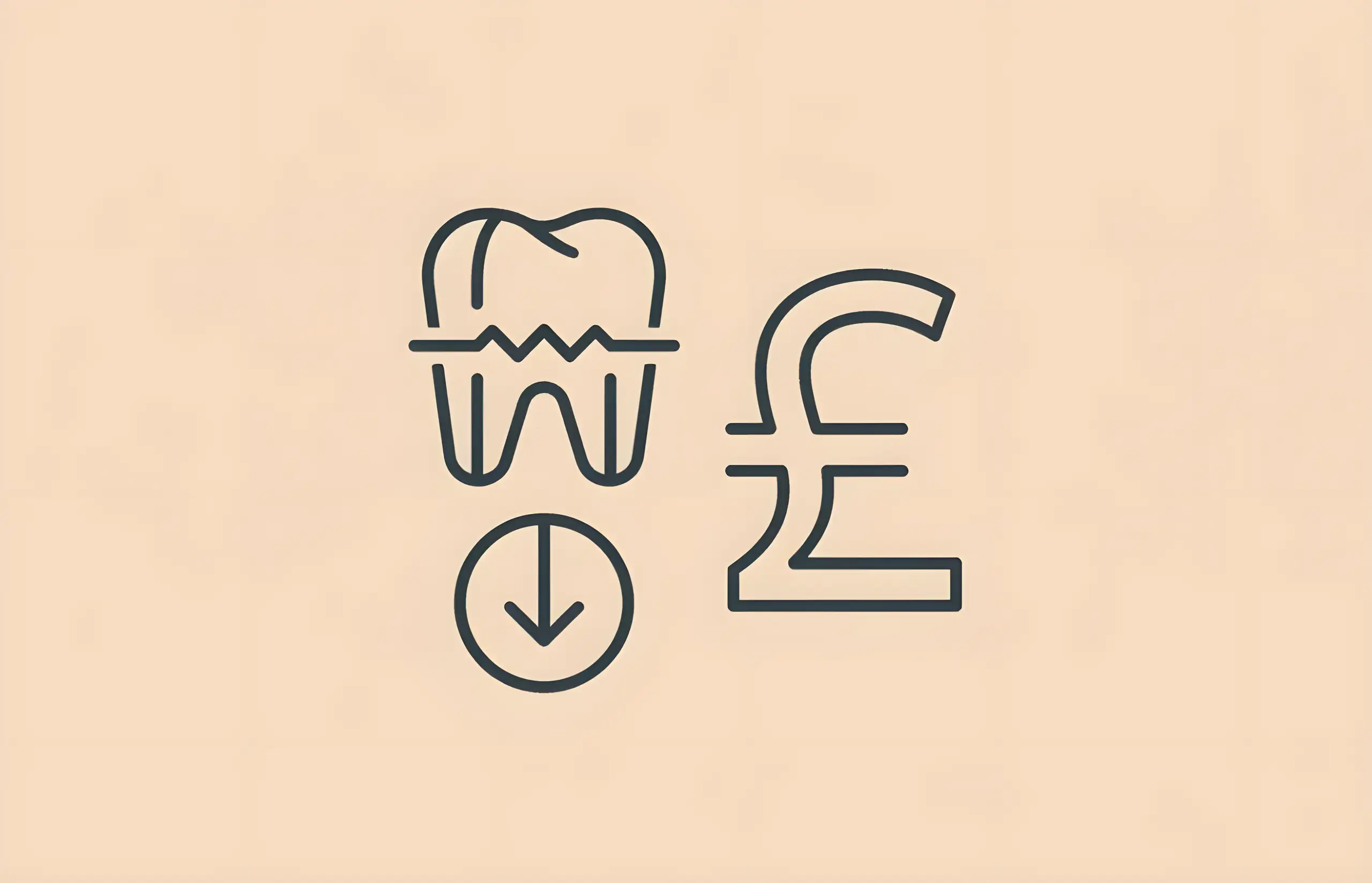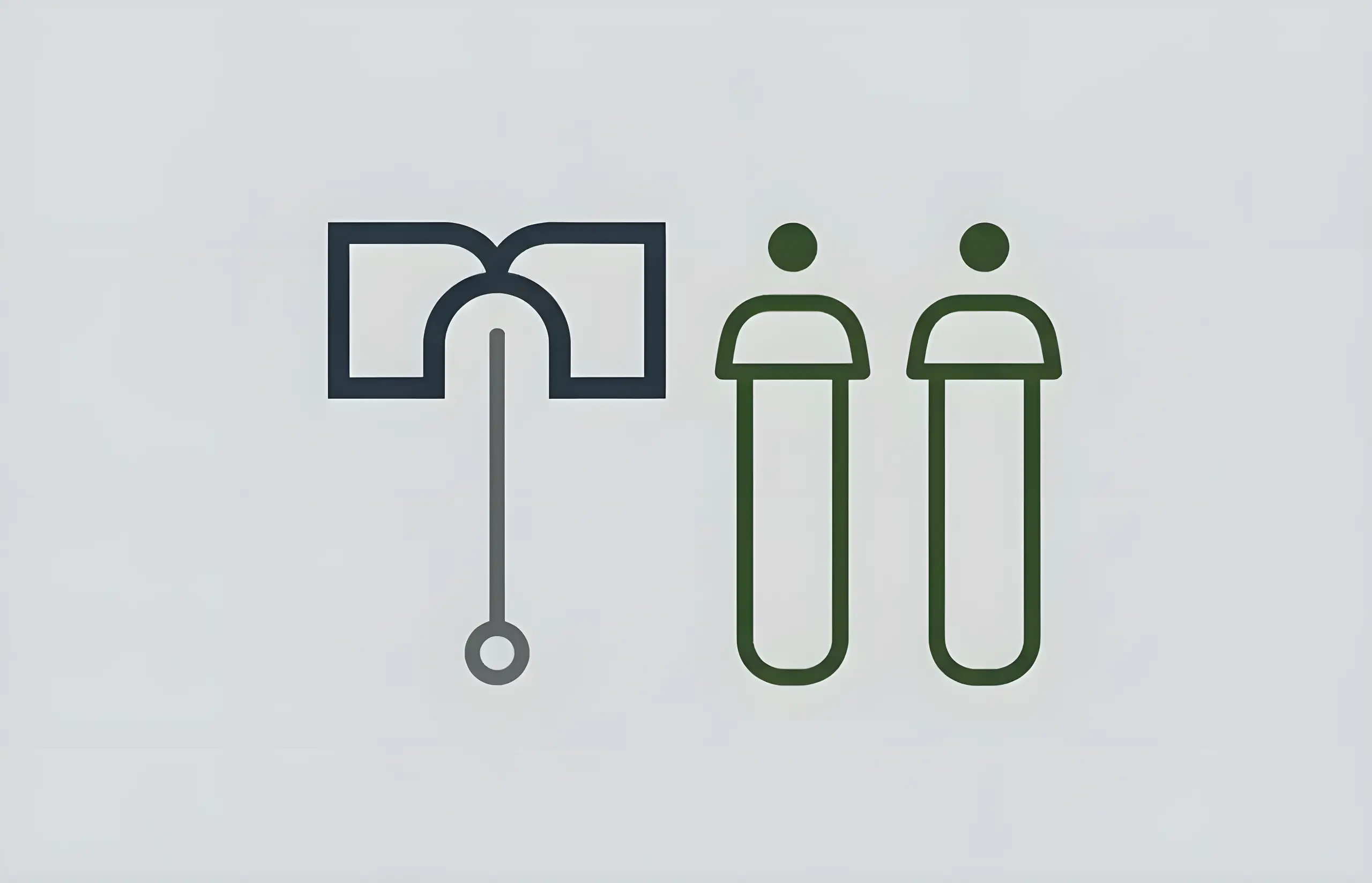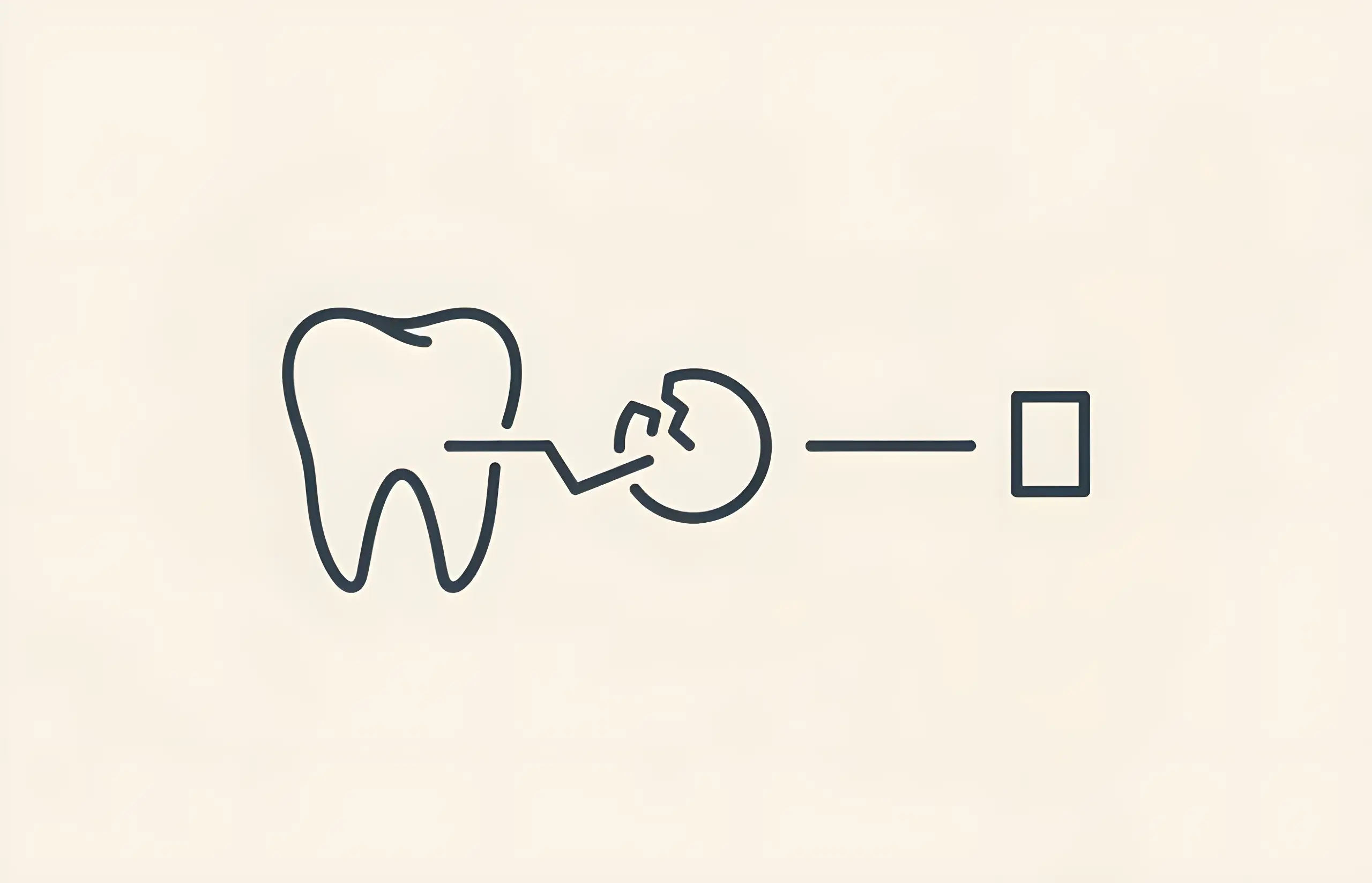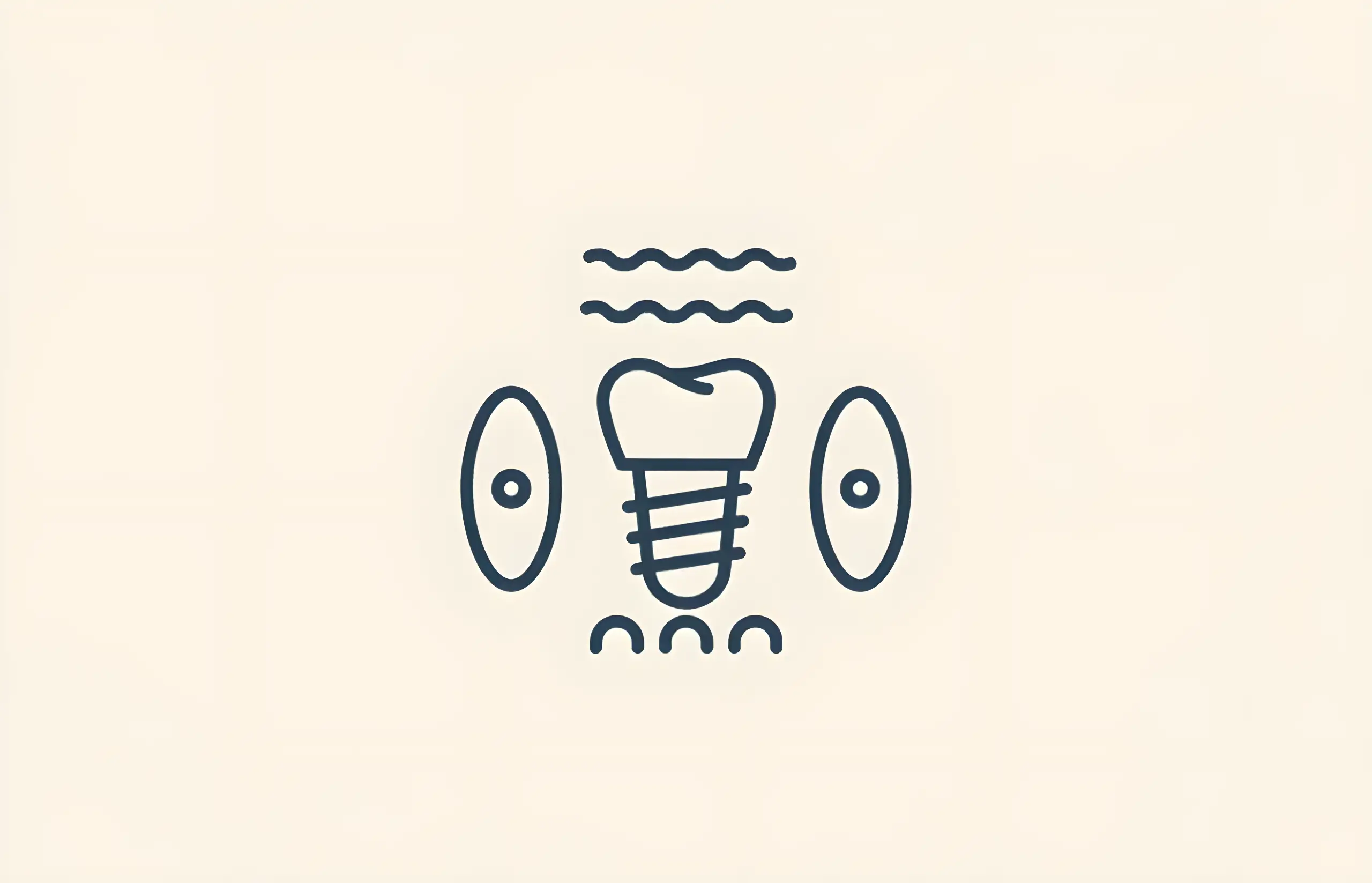The question 'how long do you have to wear braces?' is a popular one amongst those contemplating an improvement to their smile. Treatment using orthodontic braces typically ranges from 6 months to up to 2 years and occasionally beyond. The duration depends upon a number of factors:
- The shape of your mouth and face
- Your individual response to the treatment
- How quickly your teeth move
- The severity of your initial problem
- How strictly you adhere to your treatment plan
After your treatment's finished, you'll need to wear retainers full-time for about 1 to 3 months, after which time you only need to wear them at night. This can be phased down, so eventually you'll only need to wear them for a few nights a week, but keep this up for as long as possible.
Long-term retention's very important and if you don't follow this advice, there's a strong likelihood that your teeth will move again and end up not being as straight as when you finished your treatment. It's also possible to have fixed or bonded retainers fitted after the initial treatment's over. These work based on long-term retention, sitting behind the upper and lower teeth, at the front. You can't see them, and after a short bedding-in process, you'll stop being aware they're even there.
The length of time you wear your braces will be determined by your own goals and those of your orthodontist. In severe cases, headgear and various wires and retainers are needed as well as braces. Dental hygiene plays an important part in orthodontics and will affect the length of time you have to wear your braces. Teeth move better when they're clean and it's critical you follow the hygiene instructions of your orthodontist.
The duration of wearing your braces will also depend on your age. Research shows the younger you are when starting treatment, the faster the process will be. However, most children don't need to think about braces until they're at least 10 and their adult teeth have formed. An orthodontist can treat a child as young as 7 in serious cases.
A quarter of those who decide to wear braces are actually adults, who, for various reasons, didn't go ahead with straightening their teeth when they were younger. In the interim period, brace technology improved, giving them the means to get their teeth straightened in easier and more affordable ways than ever before. It's also become fashionable these days to have a nice smile!
The brace type you choose will play a role in the time needed for successful treatment. Metal braces tend to work quickly because they're made from the strongest materials. Ceramic braces are strong and have a better cosmetic appearance, but you'll probably need to wear them for longer, because they're not quite as strong as metal braces.
Other options include removable plastic retainers, which work well and braces that fit to the inner side of teeth. The latter take the longest to work as their action isn't as strong. To reduce the time that you have to wear your braces, choose the strongest materials available, in line with recommendations from your orthodontist.
When you decide to go ahead with wearing braces, your orthodontist will take impressions and x-rays of your teeth and this will give you a precise indication of how long your treatment will take. Orthodontic treatment needs patience and commitment, but in the end, you'll have healthy, straight and attractive teeth, with correct jaw alignment and a great smile, which will hopefully stay with you for the rest of your life.
Sources and References
-
[1]
Assessment of Orthodontic Retention Protocols and their Effects on Treatment StabilityEuropean Journal of Dentistryhttps://pmc.ncbi.nlm.nih.gov/articles/PMC11426873/
-
[2]
Duration of orthodontic treatment with fixed appliances in adolescents and adults: a systematic review with meta-analysisProgress in Orthodonticshttps://progressinorthodontics.springeropen.com/articles/10.1186/s40510-020-00334-4
-
[3]
Orthodontic treatment time: can it be shortened?Dental Press Journal of Orthodonticshttps://pmc.ncbi.nlm.nih.gov/articles/PMC6340199/
-
[4]
Orthodontic Relapse after Fixed or Removable Retention Devices: A Systematic ReviewApplied Scienceshttps://www.mdpi.com/2076-3417/13/20/11442
-
[5]
Oral hygiene compliance in orthodontic patients: a randomized controlled study on the effects of a post-treatment communicationProgress in Orthodonticshttps://pmc.ncbi.nlm.nih.gov/articles/PMC5165014/
All sources accessed and verified on . Medical information reviewed for accuracy and compliance with current guidelines.
Related Articles

How Much Do Adult Braces Cost?
Comprehensive Cost Analysis (£1,500-£10,000 Range, 59% Out-of-Pocket, 6.31 Months Shorter with Aligners)

Invisible Braces – Braces Worn Behind Your Teeth
Complete guide to lingual braces fitted behind teeth, including how they work, the fitting process, treatment duration, and benefits of this invisible orthodontic option

How Much Do Braces Cost in the UK?
A comprehensive guide to braces costs in the UK, covering different types of braces from metal to Invisalign and their price ranges
A Guide to Ceramic Braces
Comprehensive information about ceramic braces, including how they compare to metal braces, costs, benefits, and considerations for choosing this orthodontic option

A Guide to Dental Braces for Kids
Comprehensive information about orthodontic braces for children and teenagers, including types of braces, treatment duration, costs, and oral care during treatment

The Different Types of Braces Available
Comprehensive guide to orthodontic braces including fixed, removable, lingual, Invisalign, and functional braces with cost comparisons

How Do Braces Work?
Comprehensive guide to orthodontic tooth movement including biological mechanisms of bone remodeling, treatment duration, force application, periodontal ligament response, and retention protocols

How Long Do Braces Take?
Comprehensive guide to orthodontic treatment duration including individual factors, planning stages, fitting procedures, treatment timeframes from 6 months to 3 years, and adjustment schedules

How Much Do Ceramic Braces Cost?
Comprehensive guide to ceramic braces costs including pricing factors, insurance coverage, treatment duration, dentist fees, cost-saving strategies, and comparison with other brace types

How Much Do Clear Braces Cost?
Comprehensive Pricing Analysis (£2,500-£4,500, 67% Shorter Duration, 85% Patient Satisfaction vs 65%)

A Guide to Invisible Braces
Comprehensive information about invisible braces (clear aligners), including benefits, effectiveness, costs, and how they compare to traditional metal braces

How to Make Your Teeth Straight Without Braces
Discover modern alternatives to traditional braces including clear aligners, at-home straightening services, surgical options, and palatal expanders

Metal Braces: A Simple Guide
Comprehensive guide to traditional metal braces for correcting misaligned teeth, including how they work, common conditions requiring braces, and modern improvements
About The Dental Guide
The Dental Guide is a trusted online resource providing evidence-based information about dental health, treatments, and procedures. Our content is created and reviewed by qualified dental professionals to help you make informed decisions about your oral health.
Our Mission
- Evidence-based dental information
- Expert-reviewed content
- Clear, accessible explanations
- Latest treatment options
- Patient-focused guidance
Editorial Standards
- GDC-registered dental professionals
- Peer-reviewed sources
- Regular content updates
- Medical accuracy verification
- Transparent authorship
Important Notice
The information on The Dental Guide is for educational purposes only and should not replace professional dental advice. Always consult with a qualified dentist for diagnosis and treatment recommendations tailored to your individual needs and circumstances.
Medically Reviewed
Reviewed by Dr. Nasim Mechoui , BDS (Bristol)
Share this article
Comments & Discussion
Have questions about dental implants? Share your thoughts or experiences.
